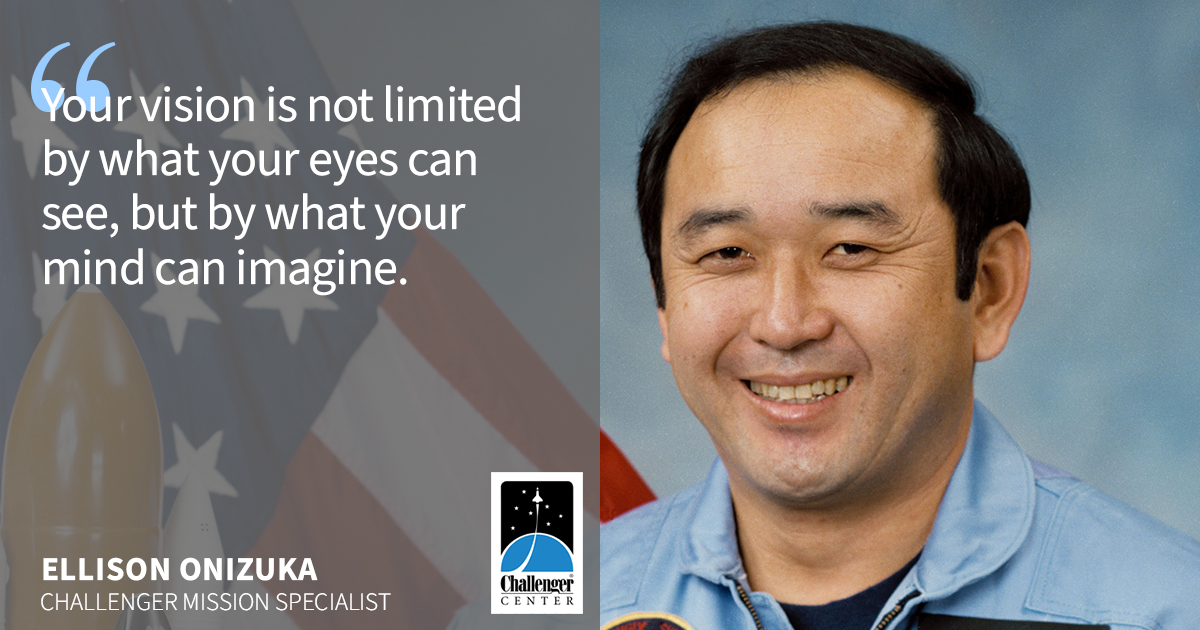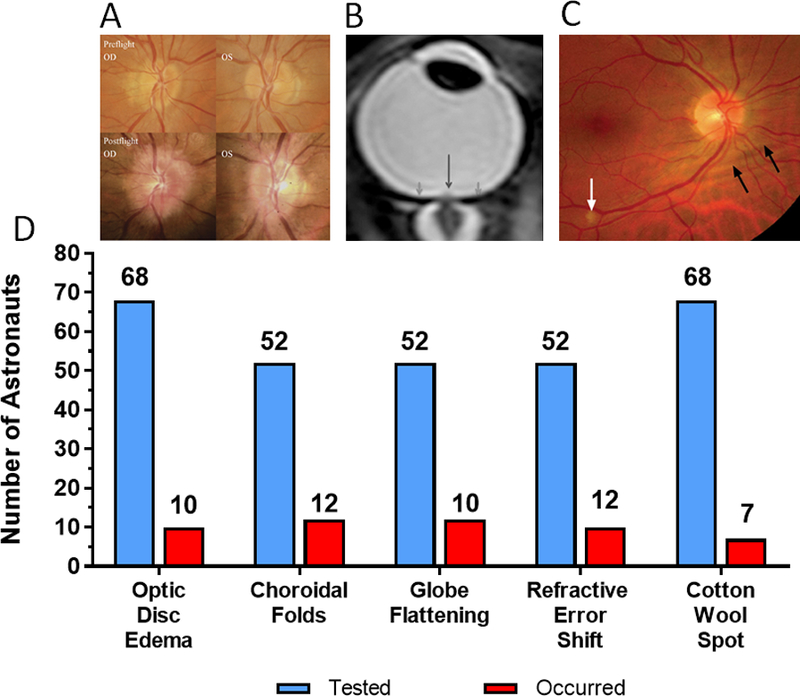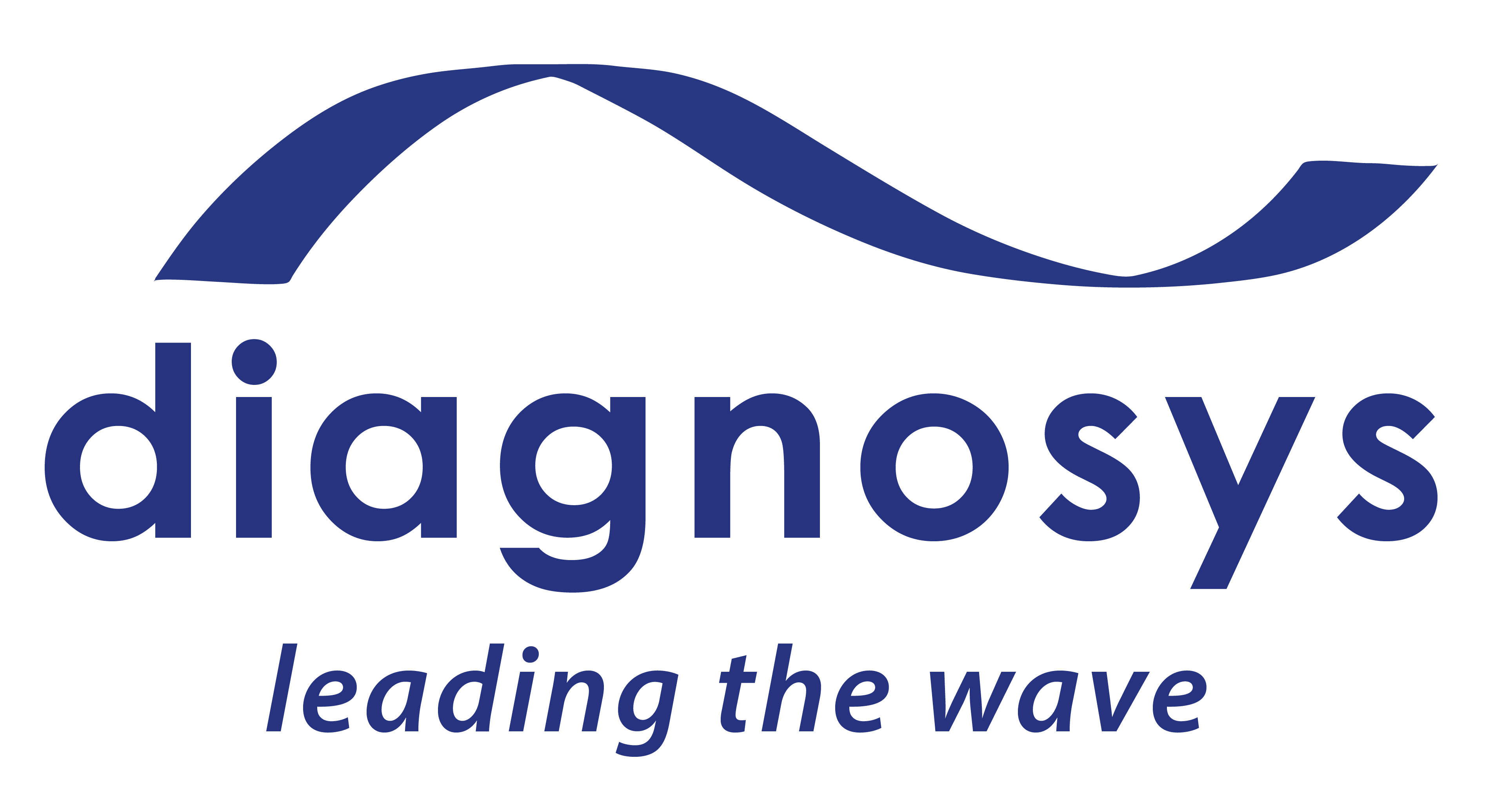Electrophysiology in Microgravity
Electrophysiology is being used to study the effects of microgravity on vision

Diagnosys ERG technology joined OCT, fundus photography, and ultrasound on-board the International Space Station (ISS) to study Spaceflight Associated Neuro-Ocular Syndrome (SANS).
Pattern ERG (PERG) and photopic negative response (PhNR) tests will now be included as routine eye exams for astronauts.
NASA launched an E3 system into space on August 10, 2021
NASA launched an E3 system with Envoy and ColorBurst to the ISS on August 10th 2021. This system was placed into service in early 2022 and was first used to test an ISS crew member in April 2023, marking the first time in history that a human electroretinography (ERG) test has been conducted in space.
Notably, the E3 system needed no modifications to survive a rocket launch or to conduct quality testing in a unique electrical noise environment that is the ISS.
Our E3 contributed 0.3 % of total cargo weight

The Diagnosys E3 shipped in the heaviest cargo container to date, taking up approximately 0.3% of the 8,210 lb cargo load. Of this shipment, 2,346 lbs were scientific investigation gear. The rest included vehicle hardware, spacewalk equipment, computer resources, and crew supplies like apples, tomatoes, kiwis, and cheese assortments.
"Your vision is not limited by what your eyes can see ..."

The spacecraft for this resupply mission was dedicated to former NASA astronaut S.S. Ellison Onizuka, the first Asian-American astronaut who was hired by NASA in 1978, went up in Discovery on his first mission, and died in Challenger mission with the rest of his crew.
One in three astronauts present with SANS

NASA is currently investigating Spaceflight-Associated Neuro-ocular Syndrome (SANS). This syndrome is a composite of optic disc edema, hyperopic shifts, globe flattening, choroidal / retinal folding, and cotton wool spots. One in three astronauts who stay in microgravity for longer than 3-months will present with one or more of these ocular findings.
Huang AS, Stenger MB, Macias BR. Gravitational Influence on Intraocular Pressure: Implications for Spaceflight and Disease. J Glaucoma. 2019 Aug;28(8) 756-764. doi:10.1097/ijg.0000000000001293. PMID: 31162175; PMCID: PMC6786882.
The fluid shift hypothesis

The current hypothesis for the cause of SANS is known as the fluid shift hypothesis associated with life in microgravity.
On Earth, gravity pulls the fluids in our bodies towards our feet. In the upright position, hydrostatic pressures are higher in the feet than at eye-level. In space, the inability to stand up causes headward shifts of fluids which are hypothesized to be the primary factor for optic disc edema.
Several terrestrial models of weightlessness have been tested, the most effective to-date is strict head-down tilt bedrest. Because loss of sight could dramatically diminish an astronaut's ability to complete a mission, countermeasures are actively being employed and developed.
Huang AS, Stenger MB, Macias BR. Gravitational Influence on Intraocular Pressure: Implications for Spaceflight and Disease. J Glaucoma. 2019 Aug;28(8) 756-764. doi:10.1097/ijg.0000000000001293. PMID: 31162175; PMCID: PMC6786882.
